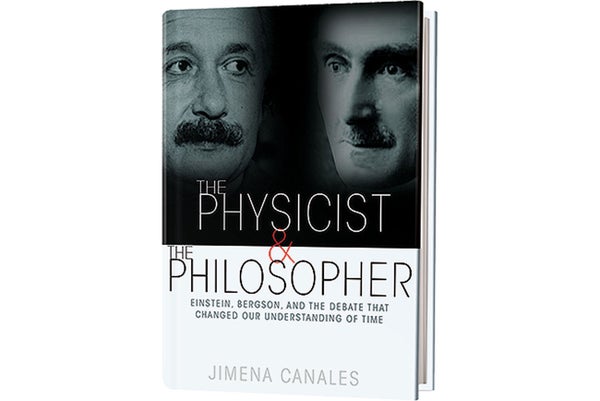On supporting science journalism
If you're enjoying this article, consider supporting our award-winning journalism by subscribing. By purchasing a subscription you are helping to ensure the future of impactful stories about the discoveries and ideas shaping our world today.
The Physicist and the Philosopher: Einstein, Bergson, and the Debate That Changed Our Understanding of Time
by Jimena Canales
Princeton University Press, 2015 (($35))
On April 6, 1922, Einstein clashed with the most famous philosopher of the day, Henri Bergson, about the nature of time. Einstein espoused the picture he formulated in general relativity of time as inseparable from space and lacking the absolute reality that humans tend to perceive in it. Bergson claimed that science alone cannot describe time, which he said was closely intertwined with the “vital impulse” of life and creative expression. Science historian Canales describes how their debate initiated a rift between physics and philosophy, “splitting the century into two cultures and pitting scientists against humanists, expert knowledge against lay wisdom.”
